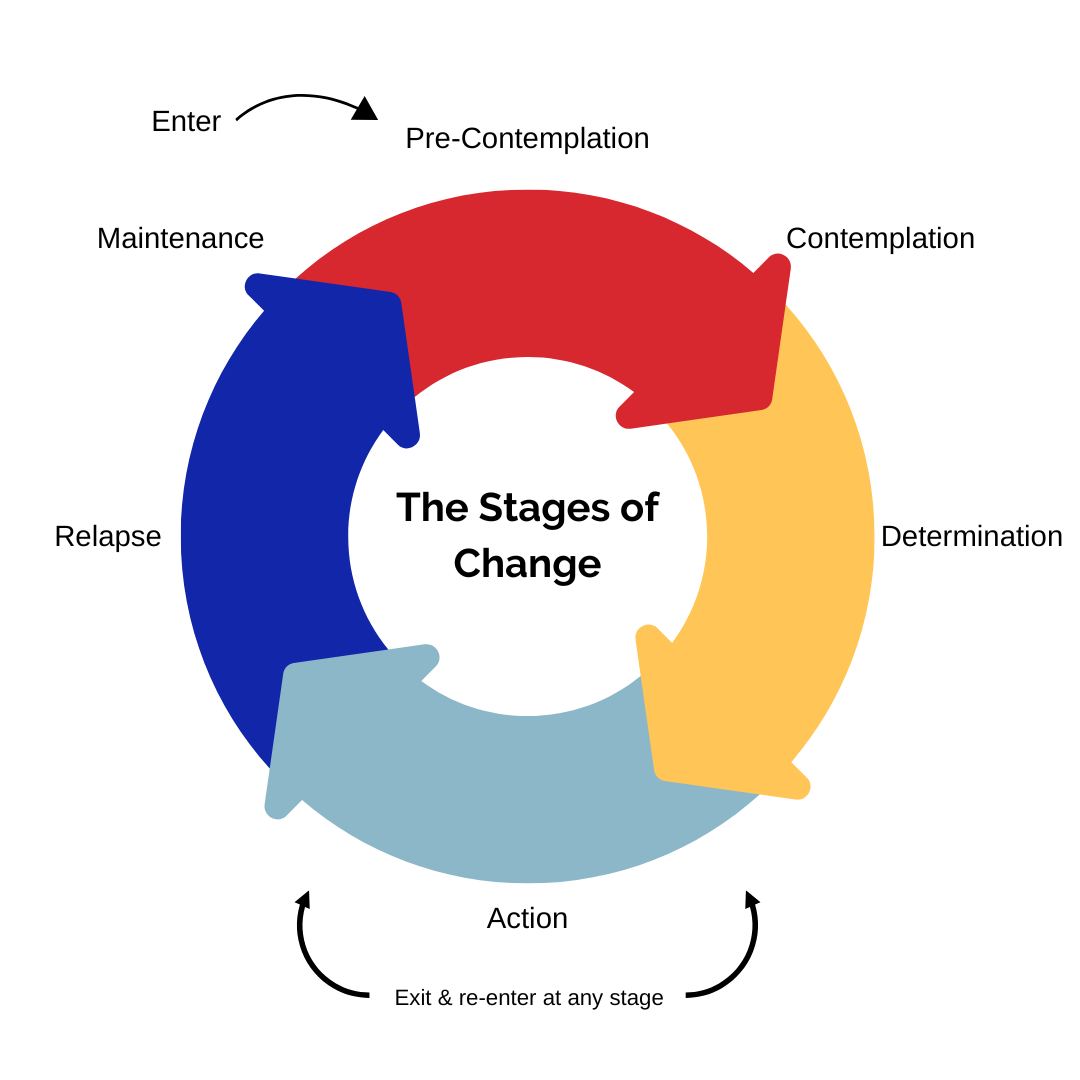Education

Empowering Social and Health Service Providers: SafeLink Alberta Offers Free Training Courses on Sexual Health and Substance Use
SafeLink Alberta provides a variety of training courses that focus on the many different aspects and perspectives surrounding sexual health, STBBIs, and substance use.
The target audience for our training courses is social and health service providers, including caseworkers, nurses, outreach workers, shelter workers, addiction and treatment centre staff, and agency leadership. The general public is also encouraged to sign up for any of the courses.
Training is offered free of charge unless otherwise stated and is available virtually across Southern Alberta or in person in Medicine Hat or Calgary.
Core Training Sessions
- HIV 101: Transmission, Prevention, and Treatment
- HCV & STIs 101: The 411 on Sexually Transmitted and Blood-Borne Infections
- Substance Use 101: Substances, Safety, and Support
- Sex Work 101: What is Sex Work?
- Sex Work 102: Laws and Legislation
- Sex Work 103: Stigma and Supports
- Safer Sex Supplies 101: Know Before You Go
- Safer Substance Use Practices 101: Safely Equip Before Taking a Hit
- Party ‘N’ Play 101: Sweat, Sex, and Safety
- Universal Precautions 101: Best Practices in Protection Against Blood-Borne Pathogens

Customized Training
We are happy to provide specialized training directly to your team. All our presentations can be tailored to your group or organization’s needs. In addition, if you require a different focus, or would like a training of a different length, please let us know. All our 101 training models can be adapted according to your group or organization's requirements.
We can customize your training by:
• Strategic focus
• Demographic needs (e.g. youth, senior, or disability sector)
• Delivery method/Accessibility
Organizational Consultations
In addition to our training, our education team is also happy to consult with you about organizational best practices to enhance your team’s work under the umbrella of substance use and sexual practices. Through a collaborative lens, we are happy to share our lessons learned and practical strategies to enhance and strengthen your capacity for supporting key populations.
Meaningful Engagement of People with Lived Experience
SafeLink Alberta training sessions are based on best practices, emerging trends, and lessons learned throughout our 40 years of community service.
As an important part of our agency's efforts to meaningfully involve People with lived and living experience (PWLLE), focus groups and Advisory Committee activities are an ongoing component of program development. PWLLE provide insight and input relating to substance use trends, mental health needs, best practices, curriculum development and delivery, and more. A person with lived or living experience is also included in the delivery of each service provider training, ensuring attendees have the opportunity for direct engagement with a community member. As recognized experts, PWLLE are financially compensated for their efforts relating to these projects.


SafeLink Alberta Utilizes Stages of Change Model to Support Clients' Health and Well-being
SafeLink Alberta uses the Stages of Change Model to guide their work with clients who are seeking to make changes related to their health and well-being. The Stages of Change Model outlines five stages that an individual may go through as they make a behaviour change, and SafeLink Alberta assesses where each individual is in the process of behaviour change and tailors their support accordingly. Ultimately, the goal is to help clients move through the stages of change and achieve their desired outcomes.
The Stages of Change Model outlines five stages that an individual may go through as they make a behaviour change. These stages are:
- Pre-contemplation: In this stage, the individual is not yet considering making a change. They may be unaware of the potential benefits of change or may feel ambivalent about the need for change.
- Contemplation: In this stage, the individual is beginning to consider making a change but may still feel uncertain or ambivalent about it. They may be weighing the pros and cons of change and considering the potential impact on their life.
- Preparation: In this stage, the individual has made a decision to make a change and is beginning to take action towards that change. They may be gathering information or resources, developing a plan, or seeking support from others.
- Action: In this stage, the individual is actively making changes to their behavior or lifestyle. They may be using new coping strategies or developing new habits that support their goals.
- Maintenance: In this stage, the individual has successfully made a change and is working to maintain that change over time. They may be developing new routines or seeking ongoing support to help them stay on track.
